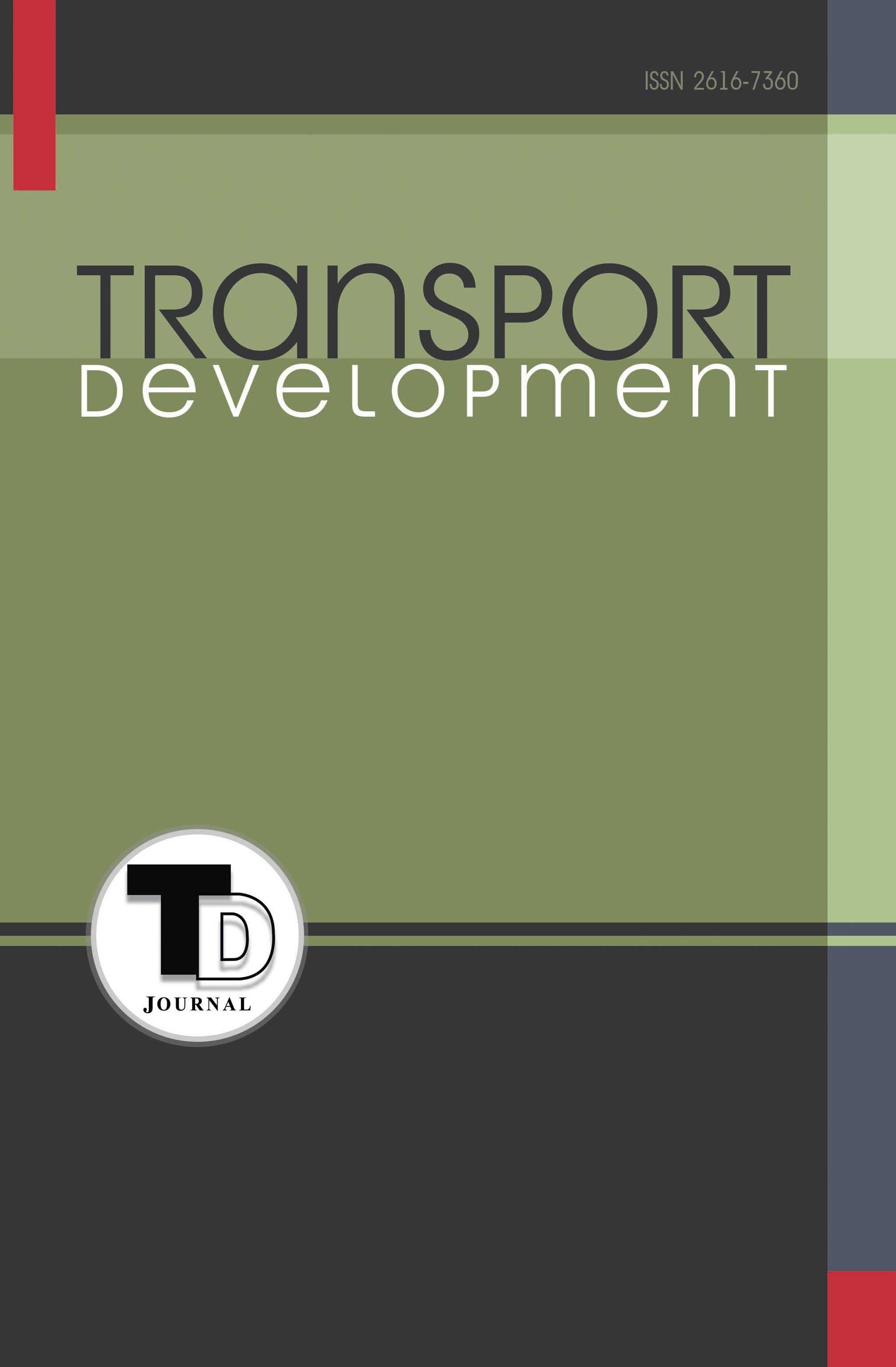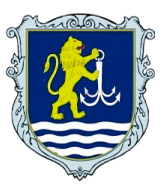ANALYSIS OF THE NAVIGATION AND PATH PLANNING PROCESS OF AN AUTONOMOUS SURFACE VESSEL
Abstract
Introduction. Autonomous surface vessels (UAVs) and their use in research of various complexity is an actual field of research. Autonomous surface vessels are devices capable of independently moving through the water environment and performing various tasks and collecting data. The spheres of application of these means are related to water resources. The involvement of ANS in various research missions demonstrates the interest of the scientific community in such platforms. In oceanography, surface drones can help collect data on water temperature, salinity, oxygen levels, wave activity, and other parameters. This provides scientists with a more complete picture of ocean phenomena and dynamics of change, contributing to a better understanding of climate processes and ocean ecosystems. Further development and improvement of vessels is an important issue and has great practical significance for industries related to water resources. The purpose of the article is to conduct a study of navigation methods and features of ANS movement, problems and ways to increase the efficiency of movement along a given route. Focus attention on the ANS path planning process as an important stage on which autonomous vessel movement is based, and conduct a review of optimized motion algorithms as an aspect of path planning, in order to find potential ways to improve operational efficiency. Results. The article provides an overview of navigation methods and features of ANS movement, main structural elements, and systematizes the main problems and challenges that currently exist. An analysis of the ANS route planning process was also carried out, as an important stage that underlies the movement of the ANS along the given route. An important aspect of path planning, namely algorithms of optimized movement, as a potential way to improve movement efficiency, has been studied. On the basis of the research, optimality criteria were formed, taking into account of which in the algorithm’s work will allow to improve the construction of the path, and improve the overall efficiency during the movement of the ANS. Conclusions. Research and development of Autonomous Surface Vessels continues. Interest in such vessels is due to the wide possibilities that allow them to be used in various research missions. Taking into account the above, it can be concluded that the effective movement of the ANS during the execution of tasks is a complex process based on the coordinated operation of the navigation system, a correctly planned route, and consideration of external influencing factors. The development of algorithms for optimized movement allows for flexibility and adaptability to changing conditions, which can provide the best solutions in real time. Further research and implementation of ANS traffic optimization algorithms opens up new perspectives for the creation of fully autonomous vehicles of a new generation.
Downloads
References
2. Roberts, G.N. & Sutton, Rhondasutton. (2006). Advances in Unmanned Marine Vehicles. 10.1049/PBCE069E.
3. Rasal, Ketan, Navigation & control of an automated SWATH surface vessel for bathymetric mapping. 2013. Santa Clara University. Mechanical Engineering.
4. Bertram, V. (2008). Unmanned surface vehicles–A survey. In Proceedings of Skibsteknisk Selskab, Copenhagen, Denmark.
5. Murphy, R. R., Steimle, E., Griffin, C., Cullins, C., Hall, M., & Pratt, K. (2008). Cooperative use of unmanned sea surface and micro aerial vehicles at Hurricane Wilma. Journal of Field Robotics, 25(3), 164–180.
6. Peng, Y., J.D. Han and QJ Huang. Adaptive UKF Based Tracking Control for Unmanned Trimaran Vehicles. 2008.
7. Naeem, W., Xu, T., Sutton, R., & Tiano, A. (2008b). The design of a navigation, guidance, and control system for an unmanned surface vehicle for environmental monitoring. Proceedings of the Institution of Mechanical Engineers, Part M: Journal of Engineering for the Maritime Environment, 222(2), 67–79.
8. Larson, J., Bruch, M., & Ebken, J. (2006). Autonomous navigation and obstacle avoidance for unmanned surface vehicles. In Defense and Security Symposium (pp. 623007–623007). International Society for Optics and Photonics.
9. Wolf, M. T., Assad, C., Kuwata, Y., Howard, A., Aghazarian, H., Zhu, D., Huntsberger, T. (2010). 360-degree visual detection and target tracking on an autonomous surface vehicle. Journal of Field Robotics, 27(6), 819–833.
10. Gal, Oren & Zeitouni, Eran. (2013). Tracking Objects Using PHD Filter for USV Autonomous Capabilities. 10.1007/978-3-642-33084-1_1.
11. Marco Bibuli, Gabriele Bruzzone, Massimo Caccia, Lionel Lapierre. Path- Following Algorithms and Experiments for an Unmanned Surface Vehicle. Journal of Field Robotics, 2009, 26, pp. 669–688. ff10.1002/rob.20303ff. ffhal-00733789f.
12. Ma’arif, Alfian & Wahyunggoro, Oyas & Imam, Adha. 2019. Artificial Potential Field Algorithm Implementation for Quadrotor Path Planning. International Journal of Advanced Computer Science and Applications. 10.10.14569/IJACSA.2019.0100876.
13. Dale, Lucia, Amato, Nancy. 2001. Probabilistic roadmaps – Putting it all together. Proceedings – IEEE International Conference on Robotics and Automation. 2. 1940–1947 vol. 2.
14. Dijkstra, E.W. A note on two problems in connexion with graphs. 1959. Numer. Math. 1, 269–271.
15. M. Noto and H. Sato. A method for the shortest path search by extended Dijkstra algorithm. Smc 2000 conference proceedings., Nashville, TN, USA, 2000, pp. 2316-2320 vol.3, doi: 10.1109/ICSMC.2000.886462.
16. S. M. LaValle, Rapidly-Exploring Random Trees: A New Tool for Path Planning, Technical Report. 98-11.
17. Khatib, O. Real-time obstacle avoidance for manipulators and mobile robots. 1986. O. Khatib. Autonomous robot vehicles. Springer, 396–404.
18. Borenstein, Johann, Koren. 1991. The vector field histogram-fast obstacle avoidance for mobile robots. IEEE Trans. Robotics Autom. 7 278-288.
19. K.N. McGuire, G.C.H.E. de Croon, K. Tuyls, A comparative study of bug algorithms for robot navigation, Robotics and Autonomous Systems, Vol 121, 2019, 103261, ISSN 0921-8890.
20. G. Casalino, A. Turetta and E. Simetti. A three-layered architecture for real time path planning and obstacle avoidance for surveillance USVs operating in harbour fields. OCEANS 2009-EUROPE, Bremen, Germany, 2009, pp. 1–8, doi: 10.1109/OCEANSE.2009.5278104.





